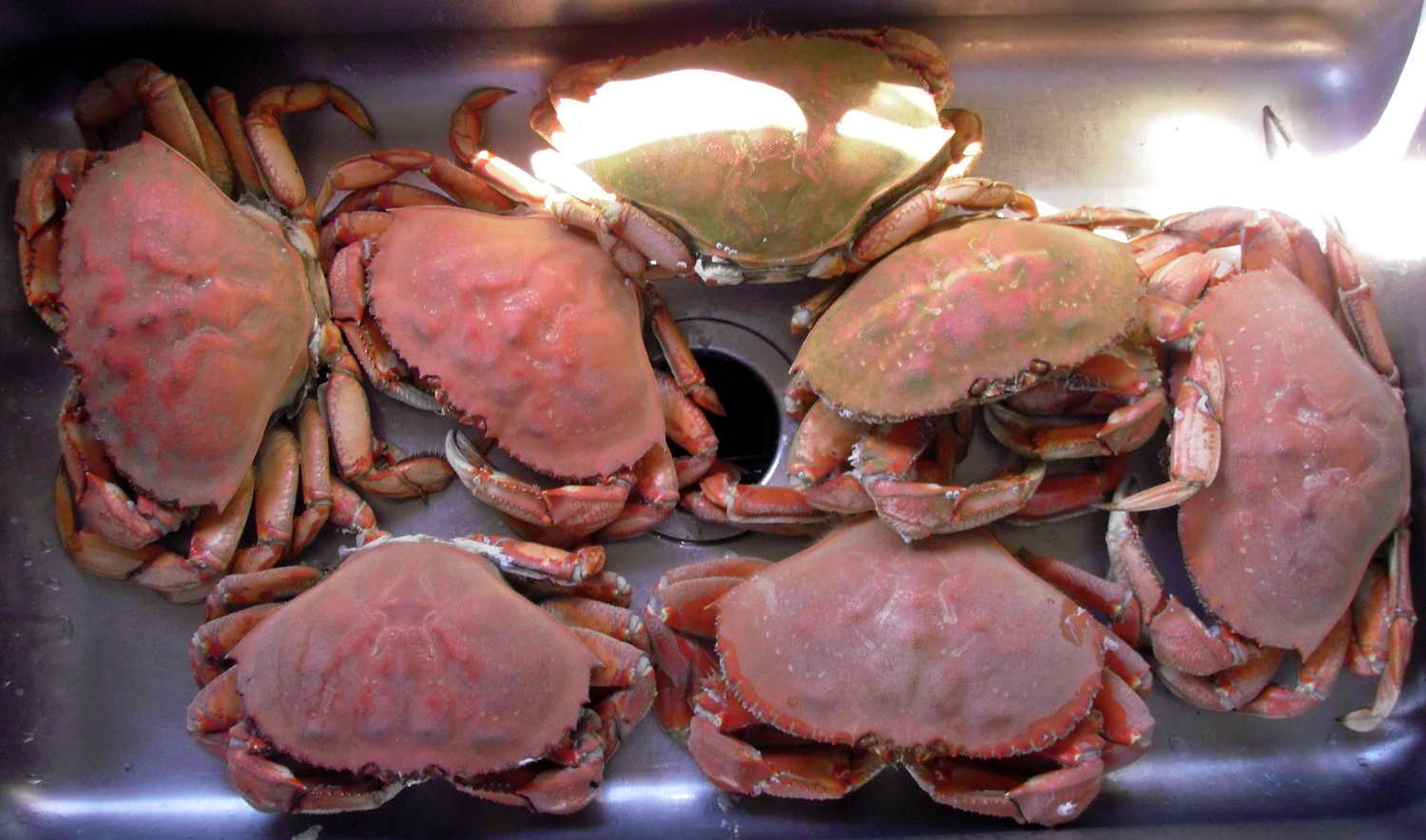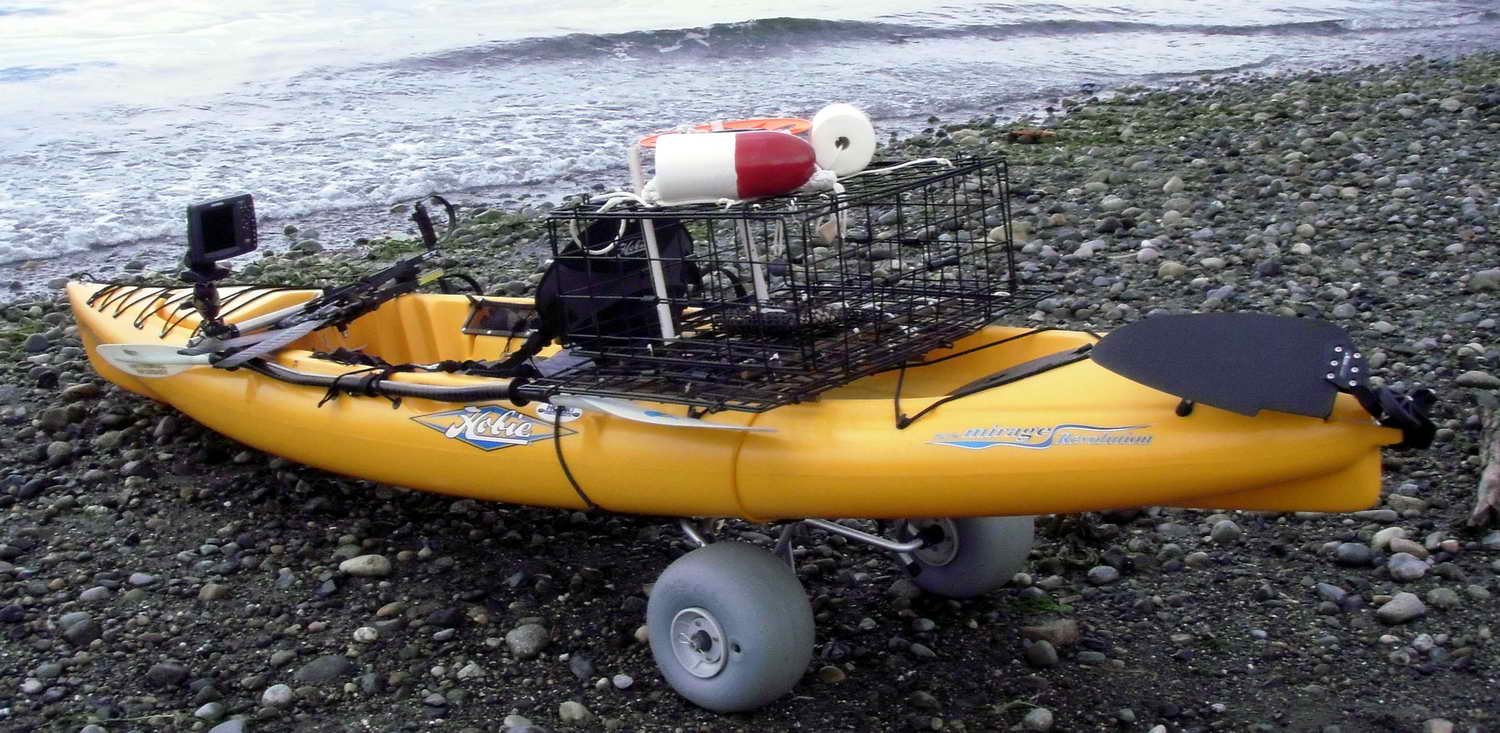
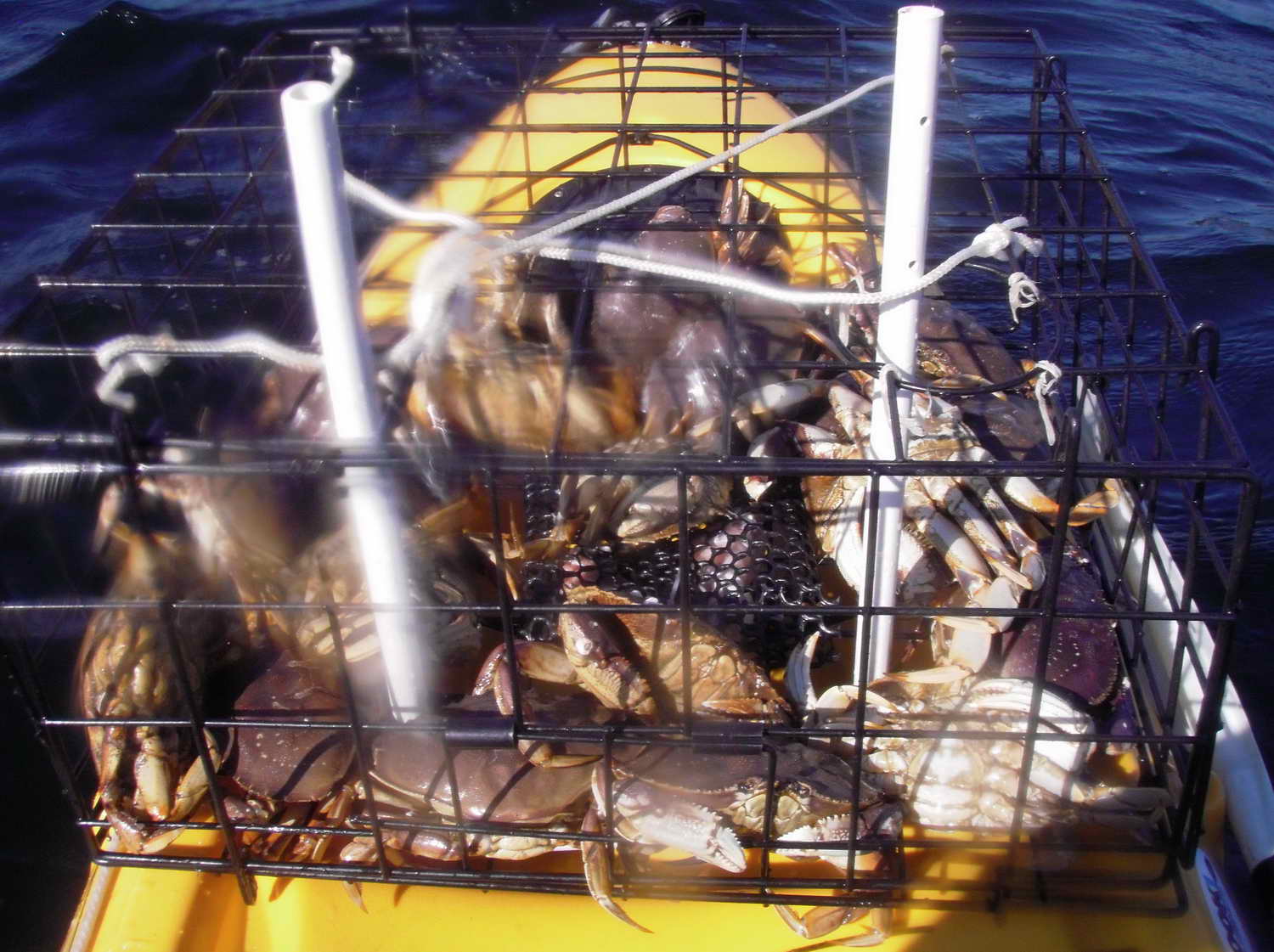
Still having some success crabbing. Last week I dropped my traps in 80 feet of water, let them soak 3 hours, and hauled up 22 in one and 15 in the other. 22 crab weigh a lot. I got a nice limit (5) of fairly large crabs. Ate a couple and the others were cooked, cleaned, vacuum packed, and frozen for crab cakes at a later date. This is what the kayak looks like going for crab, and what 22 crabs look like through a wet camera lens.


Been fishing a few days this week with nothing to show for it. The WA Dept. of Fish & Wildlife (WDFW) shut down the recreational Chinook fishery 2 weeks early due to a large catch due to a huge return. So, because the run was much larger than WDFW anticipated, and hence the catch was much larger than anticipated, they shut down the fishery. Kind of ignores the fact that they also got a much larger hatchery return than anticipated. WDFW is pretty dumb. I've been catching shakers about 12-14" long which I release.
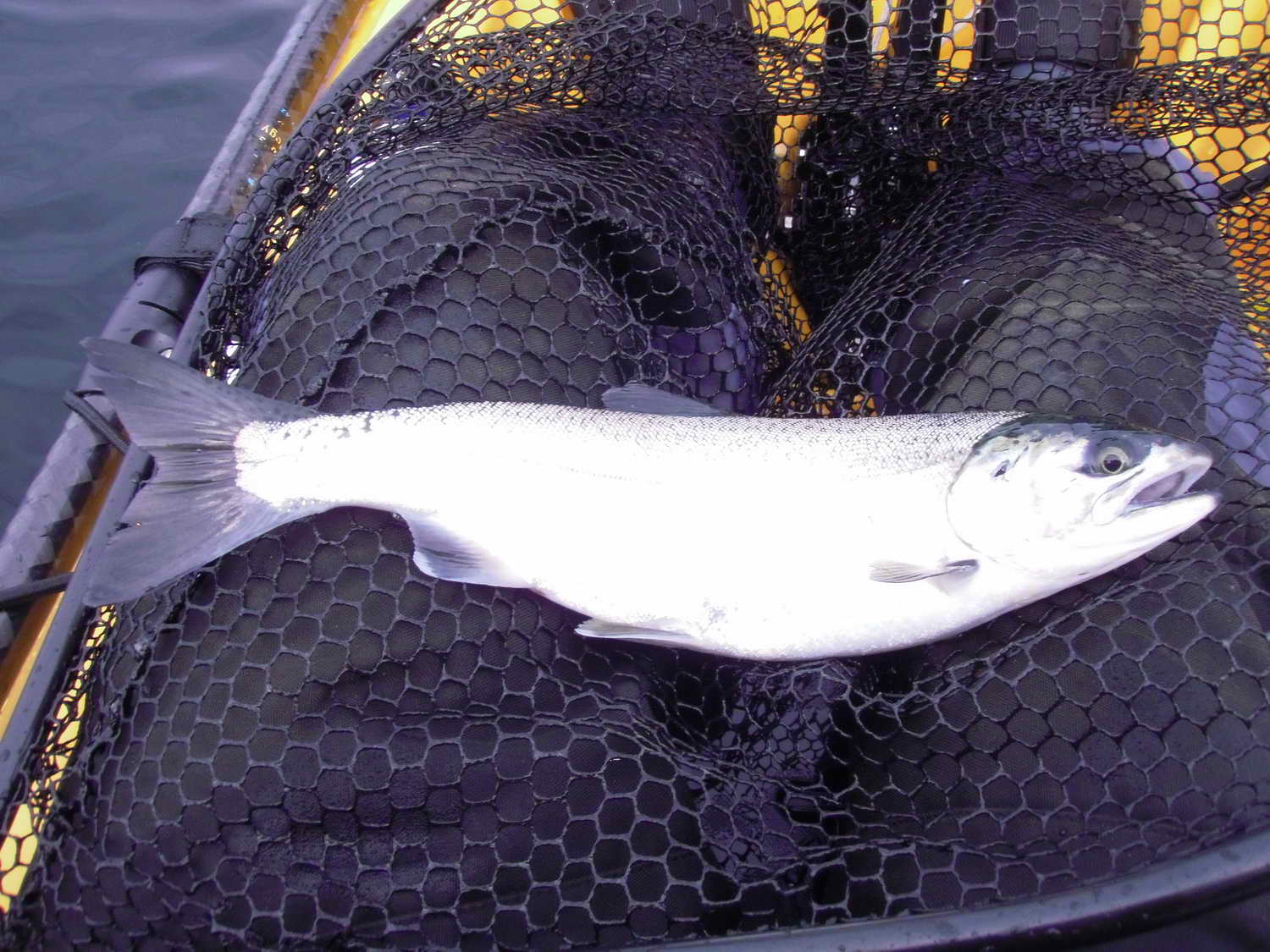
Maybe I've not had much luck cause I look like this with my "lucky" Louisiana alligator bandanna keeping the sun off the back of my neck and face.
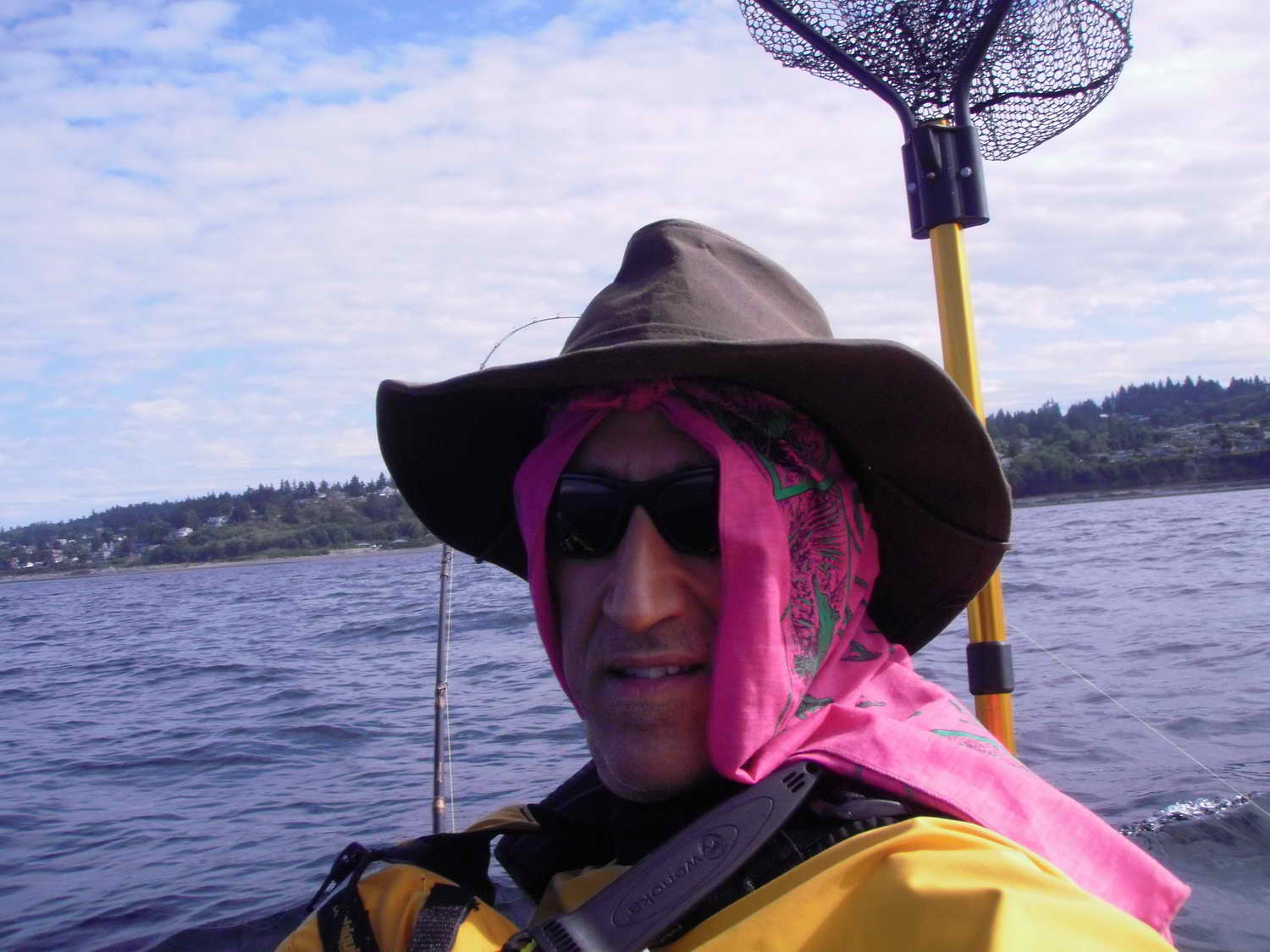
Using a downrigger from a kayak is like some sort of bizarre dance or contortionist torture. Put the rod in the rod holder and make sure the rod leash is clear of the pedals and the reel is in free-spool mode with the clicker on. Start pedaling at over 1kt, adjust the rudder so for straight head course of a slight right turn. Drop the lure, then the flasher over the side while maintaining a hold on the mainline. Make sure the line does not foul the rudder. Strip off 15-20 feet of mainline while trailing the dodger and lure. Make sure the line does not foul the rudder. Adjust course as required. Keep pedaling or the wind and/or current will tangle the line. Clip the mainline into the line release. Gently lower the lead ball into the water. Keep pedaling. Reach around behind the seat with the right arm and loosen ,put do not release, the downrigger brake. Keep pedaling. Face forward and gently ease the brake release lanyard forward with your left hand. Keep pedaling while you adjust the rate of descent with the brake lanyard, then gently let the brake engage. Keep pedaling. Reach forward and retrieve the rod. Turn around and note the depth indicator on the dowrigger. Keep pedaling. If you are too deep, reach behind with your right hand and crank the downrigger up while cranking in the reel to pick up the slack introduced as the ball comes up. Each crank of the downrigger is one foot. So when retrieving the ball from, say 100 feet, the crank must be turned 100 times. Did I mention to keep pedaling?
Labor day is the last weekend for the summer crab season in Puget Sound, so I plan on dropping my pots tomorrow (Friday) after I get back from my Mom's, checking them in the afternoon, leaving them over until Monday evening, and checking them twice a day. Maybe I can put a dozen or more (cooked, cleaned, & picked) in the freezer for crab cakes this fall/winter.
Friday, 2012-08-31: Dropped the traps about 1PM and picked them up around 4PM. 18 in one and 17 in the other for a limit of 5 BIG males, all over 7". A big-time score! I forgot the bait and so dropped the pots with just the chicken leg bones and whatever meat remained. Ate one for dinner and cooked, cleaned, picked, and vacuum packed the others for winter crab cakes.
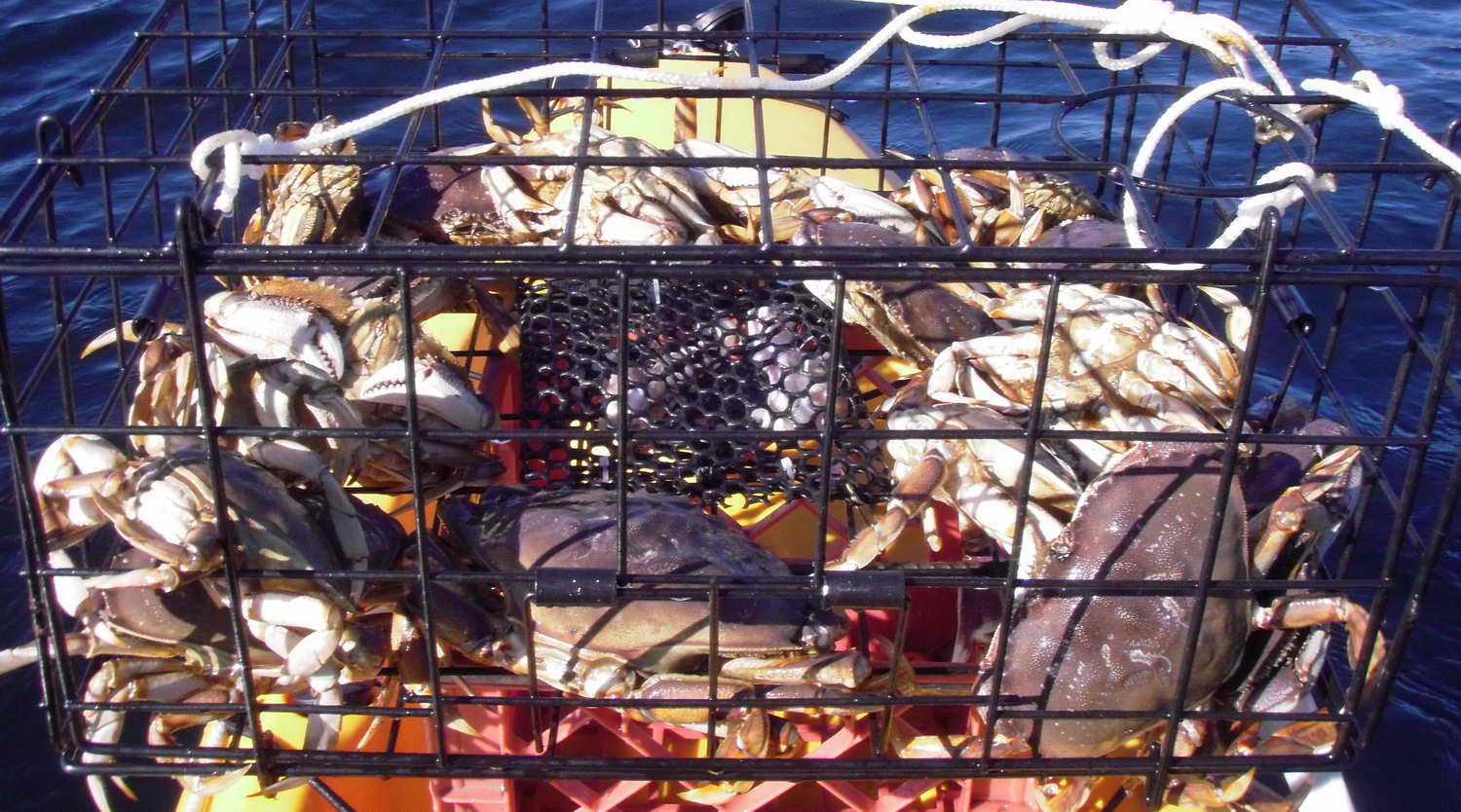
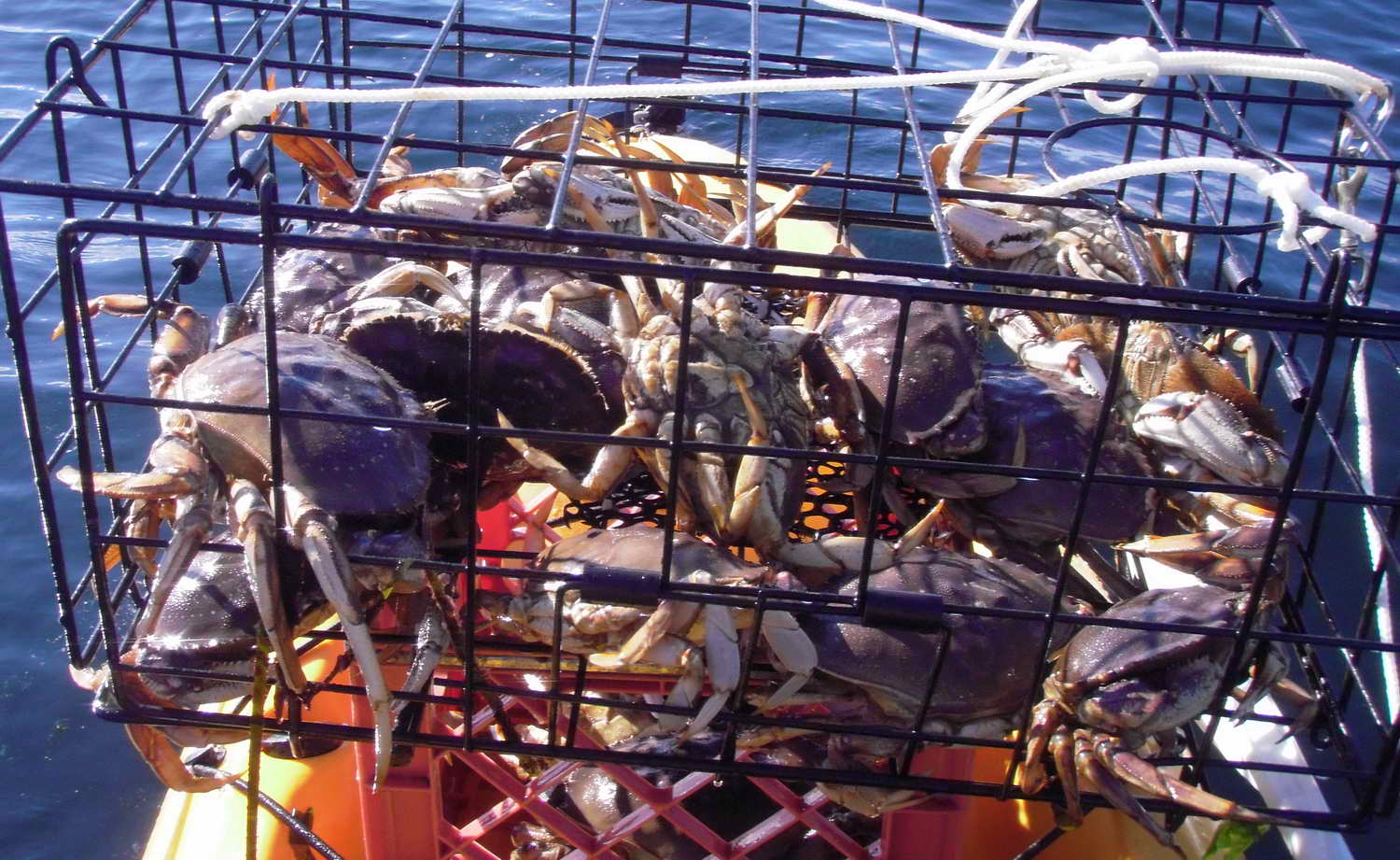
We were heading up to Mt. Vernon Sunday to pick the rest of the basil on the Jello Mold Flower Farm and make pesto on site with our friends, Dennis & Diane. I wanted to bring live crabs and cook on site, so ...
Saturday, 2012-09-01: Retrieved the crab traps about 10AM and found about 10 in each trap, plus a big starfish camped out over the bait. Got 2 keepers out of them all, rebaited, moved the traps a few 100 feet, and dropped them again. Brought a 5 gallon bucket (with screw on sealing lid) of salt water home and put the crabs in and put the bucket in the basement beer refrigerator. I've done this before and the crabs stay alive quite well for at least 24 hours. Went back at 4PM and retrieved the traps and found 12 and 11 crabs. Of them all only 2 were males and 1 was a red rock crab. One dungie male was a keeper and so was the red rock
Not to be deterred, I got up early on Sunday morning and hit the water about 8am. Pulled the traps and got 3 biggies.
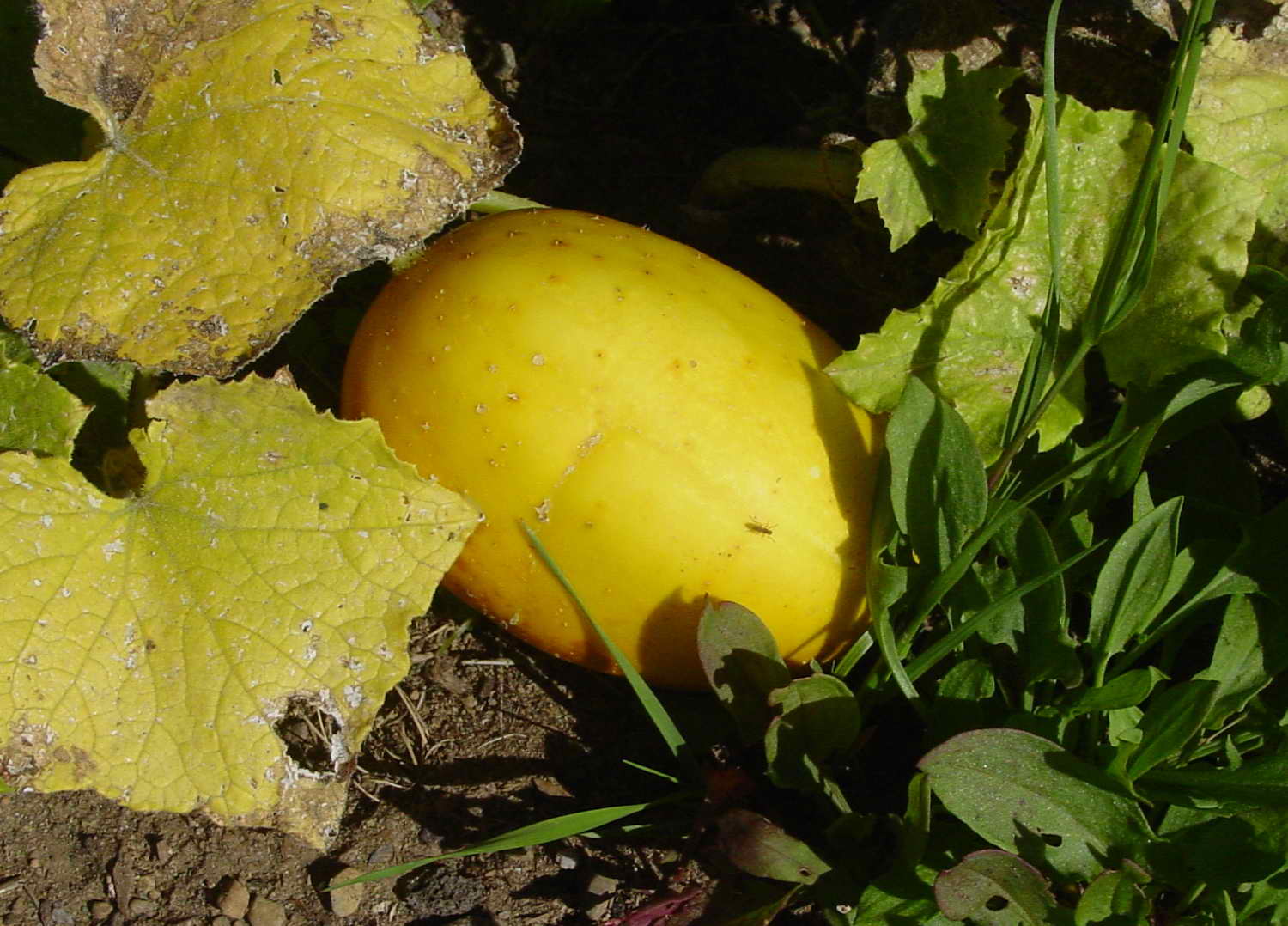
There are a ton of acorn squash coming on, getting larger, and ripening.
We are harvesting and freezing the patty-pans which continue to produce.
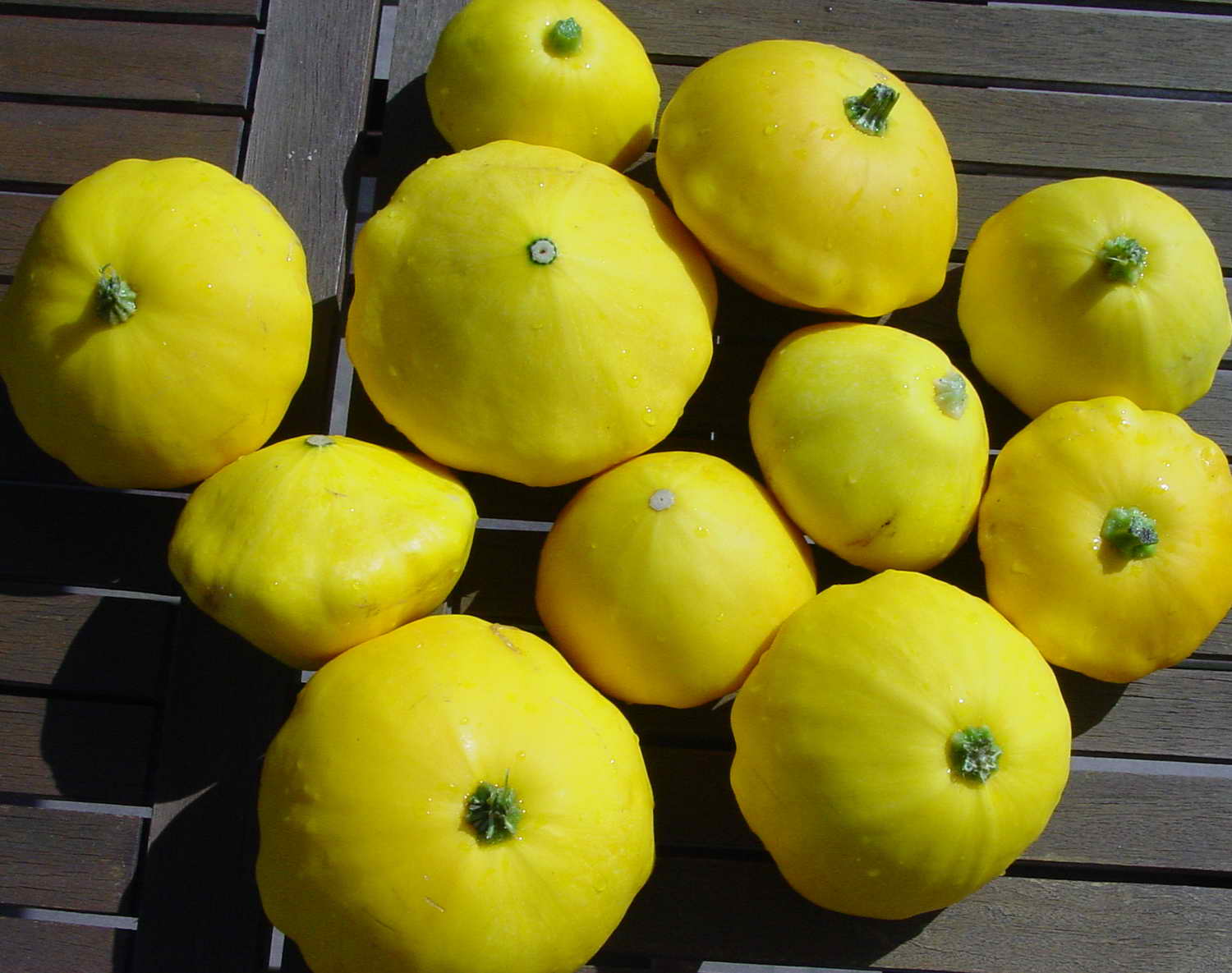
The tomatoes are getting scary. Here are some cherries.
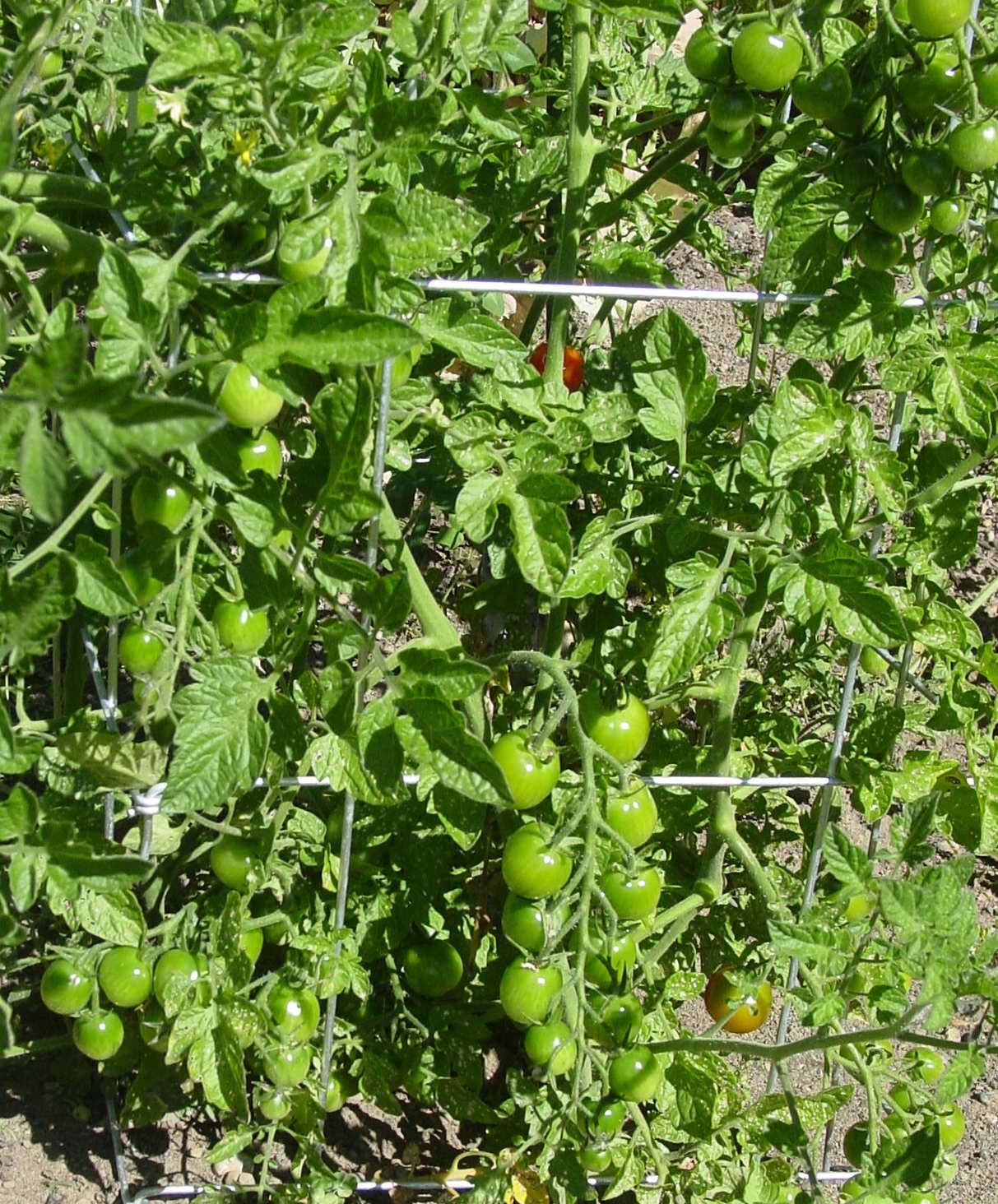
And this is the tomato forest against the fence. Hopefully, we will have a warm late summer to get these things ripe.
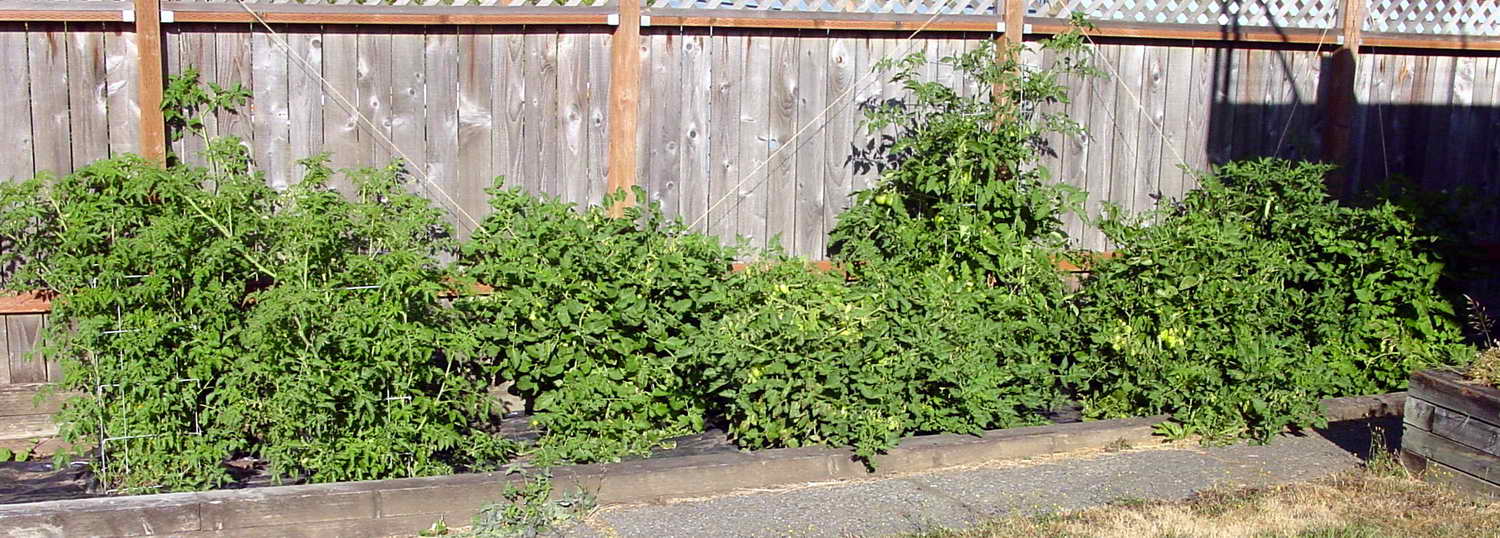
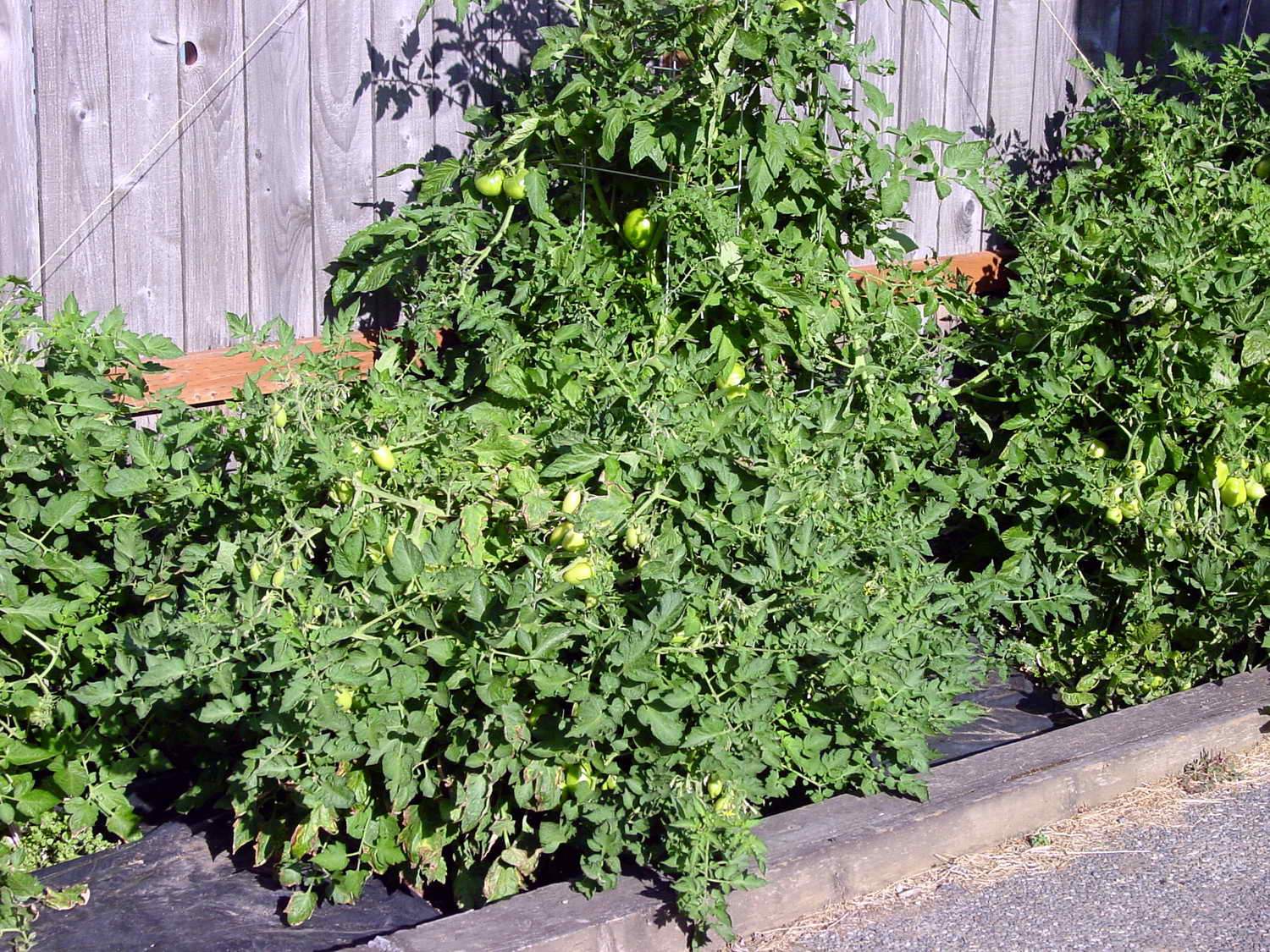
A trip to the dump (transfer station) is always exciting and I got most of the railroad ties into the truck before the tires started ballooning. Didn't get other debris into the truck because I was worried about overloading. The truck will handle about 1300 lbs and this load just hit 1000lbs.
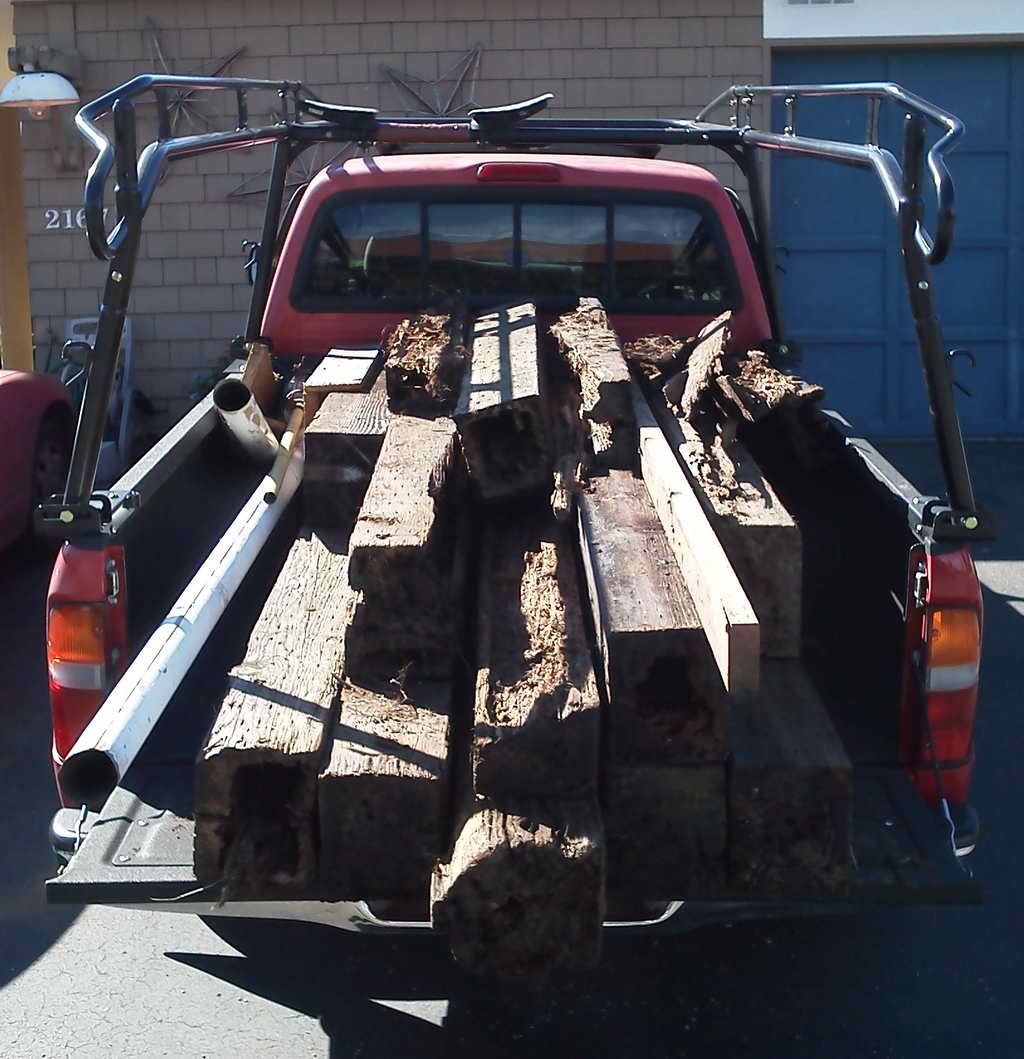
The figs have produced their first ripe breba fruit. Both plants have many main crop figs, but I doubt they will get the opportunity to ripen. The figs were planted last August so they have been in the ground here for a year. The Desert King has grown 2 feet, from 3-1/2 to 5-1/2 feet, and the Bayernfeige Violetta has also grown 2 feet, from 3 to 5 feet. So far I've harvested 2 Desert Kings and 1 Violetta fig. The Desert Kings are better, so I'll plant 2 more next spring.
Desert King plant and first fig!
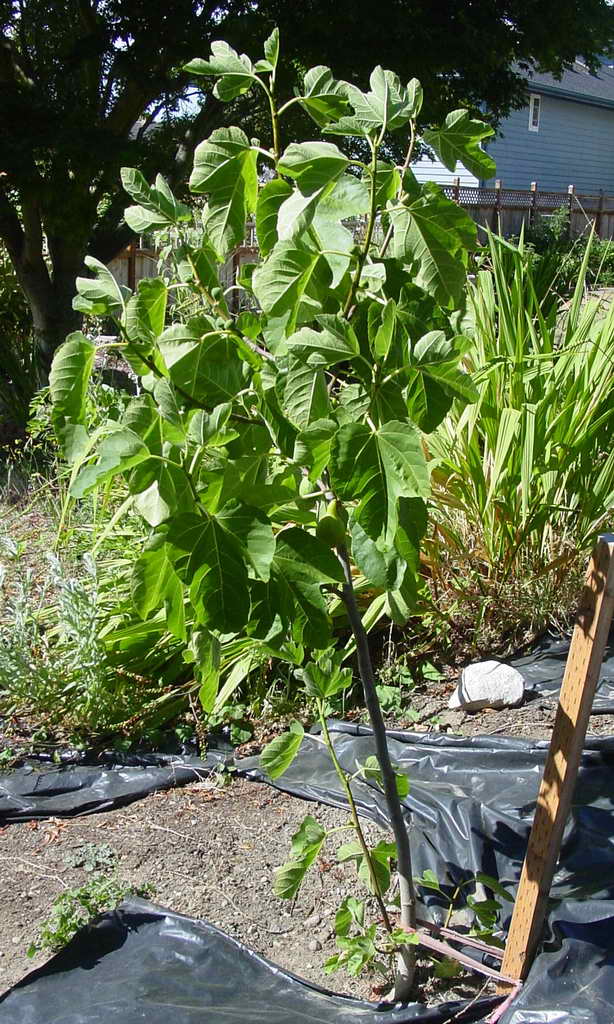
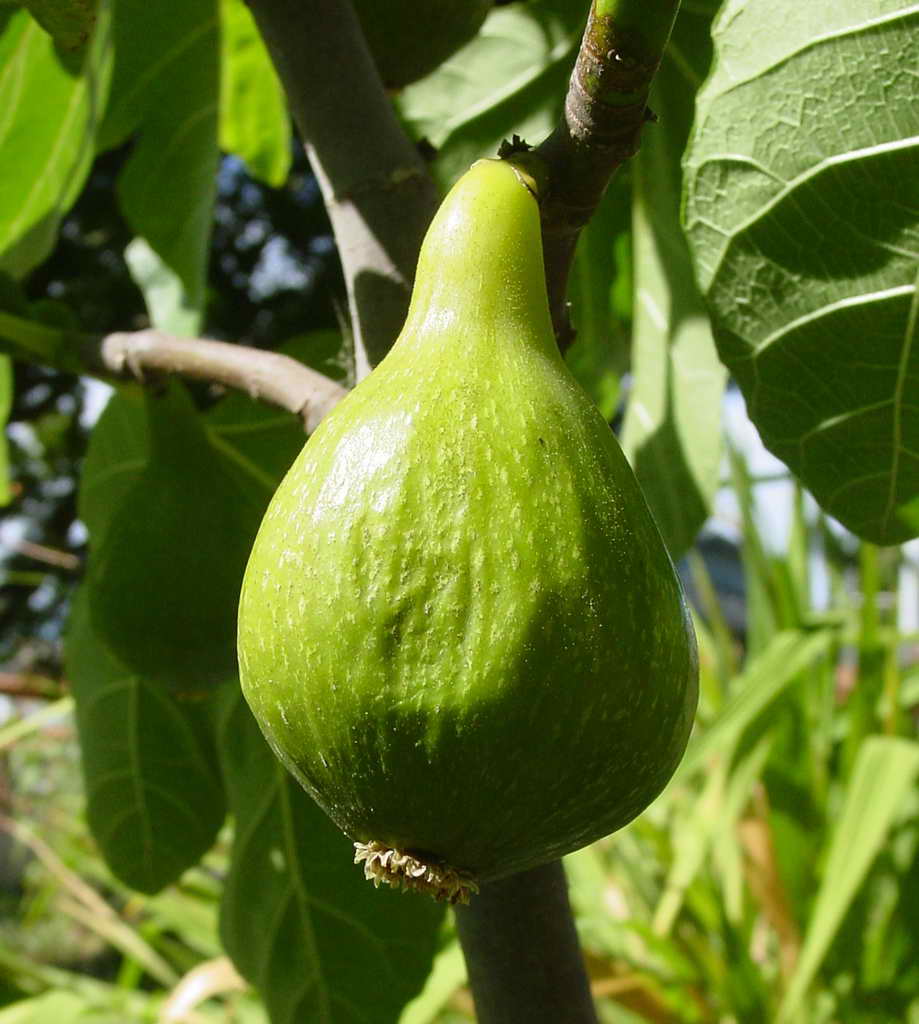
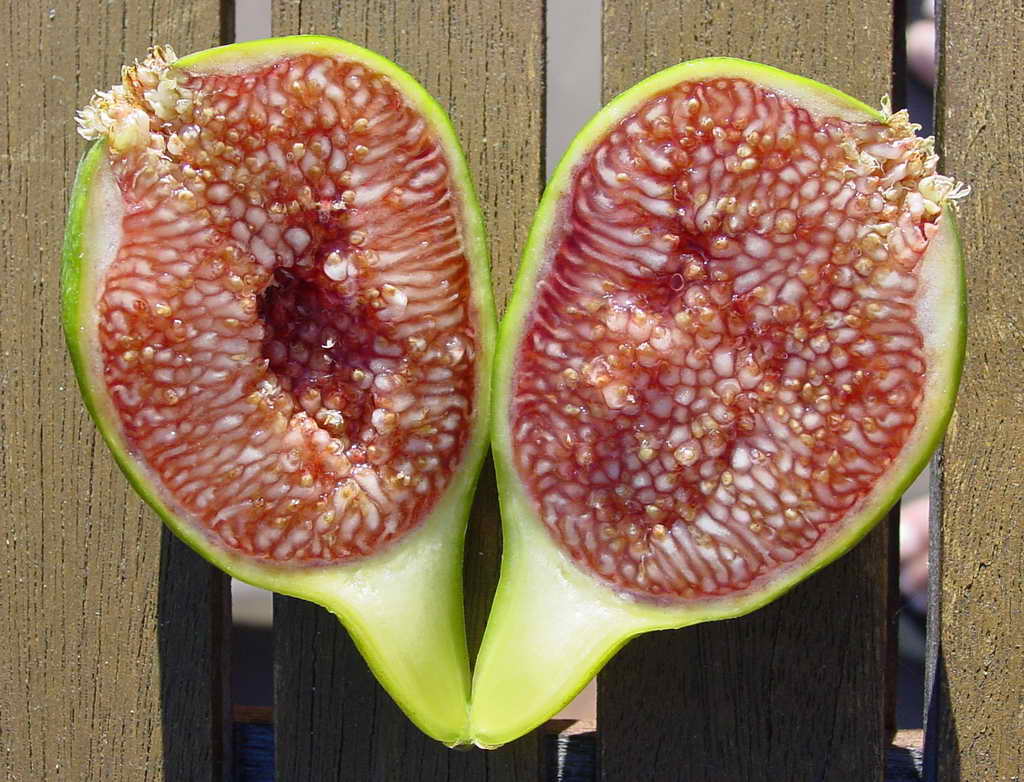
Violetta plant and first fig. Plus a bonus, the second Desert King fig.
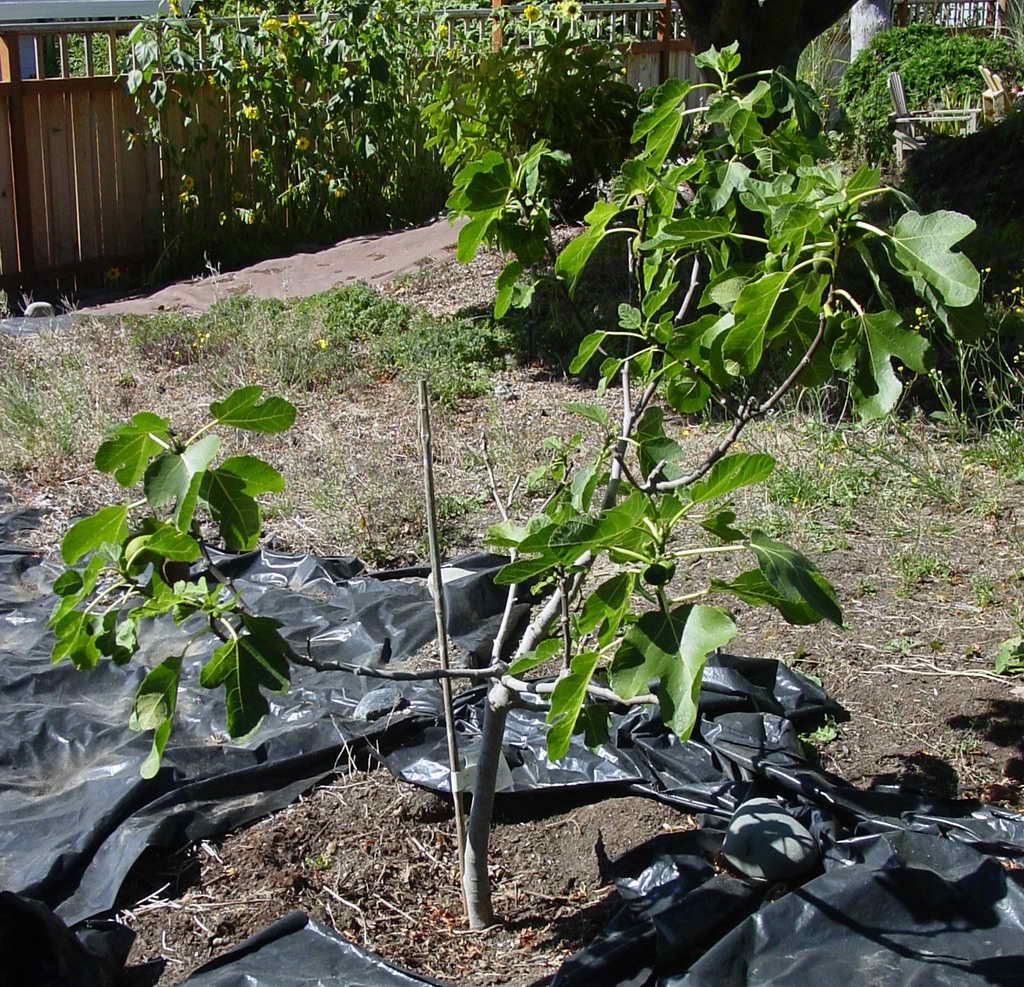
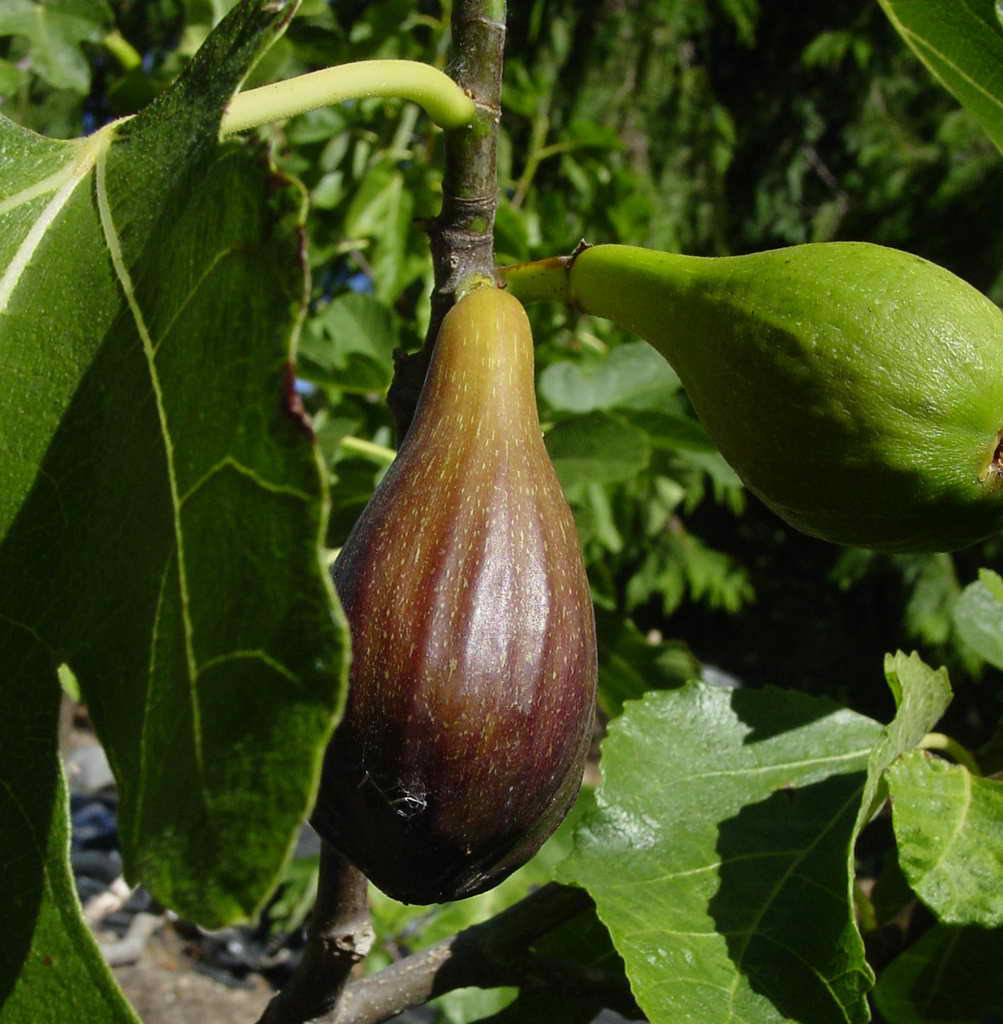
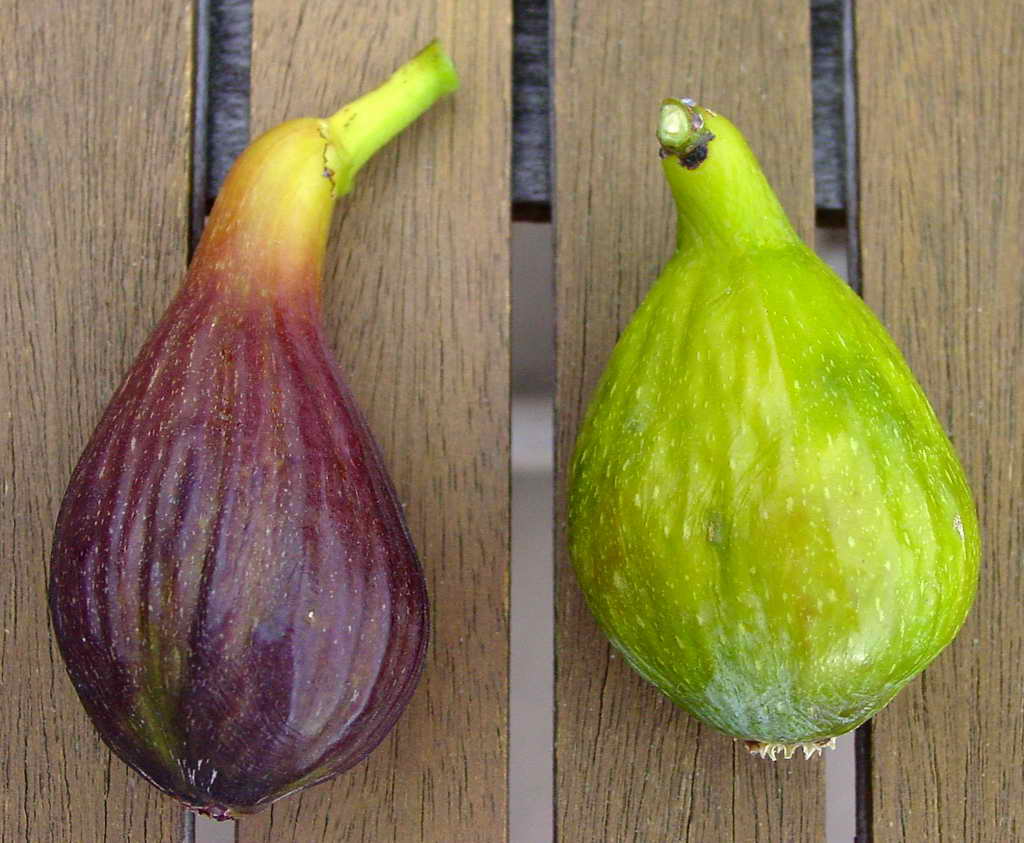

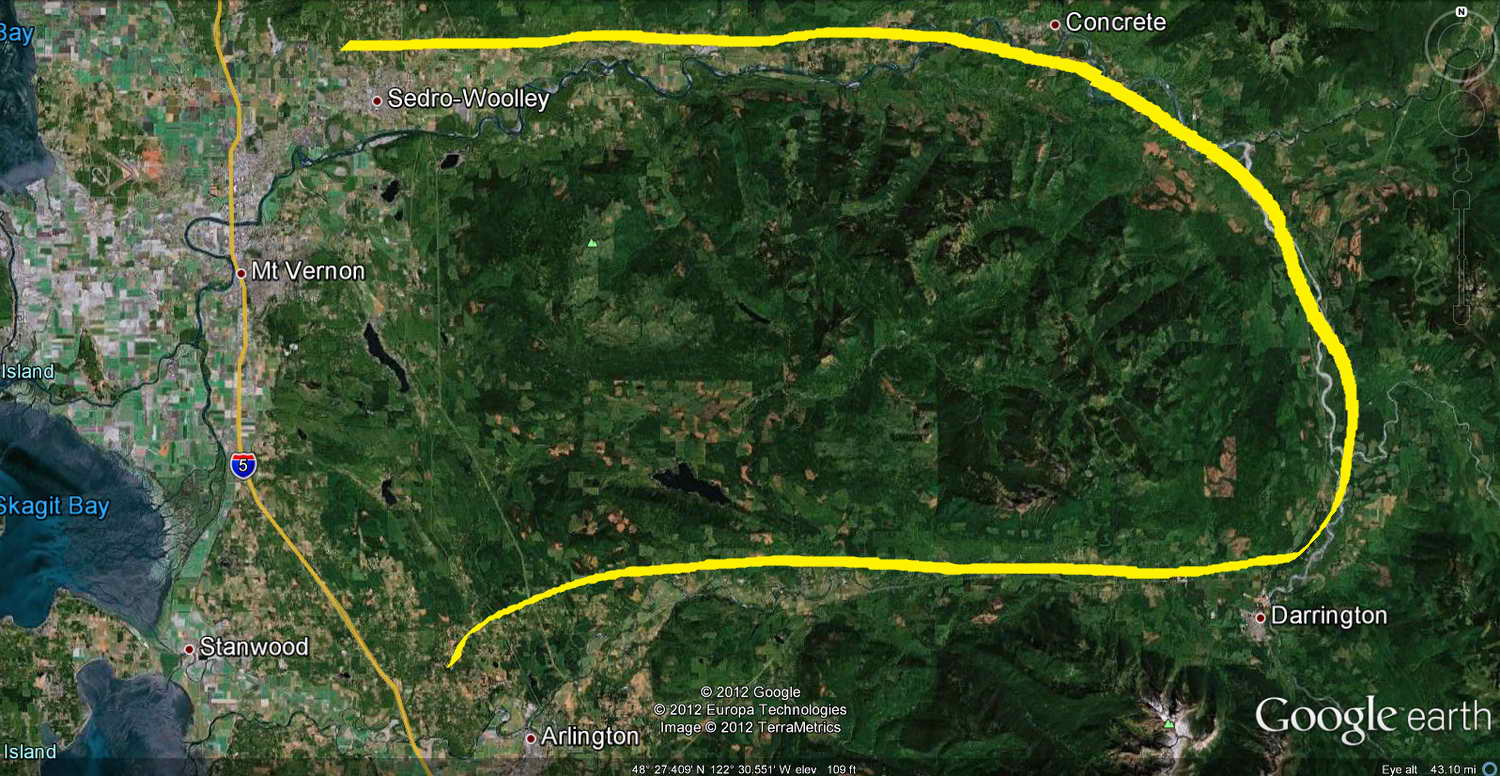
We then went out over the San Juan Islands, landed at Anacortes for a little fly-in. A guy I know has a hangar there with all his toys, a very nice Piper Cherokee 140, a little formula 1 go-cart, and a turbo DeLorean signed by the now deceased John DeLorean. He let me sit in it. It's a very comfortable car. He has a website dedicated to the car. Faisal's DeLorean
This is the view from the driver's seat. The signed plaque can be seen on the dash.
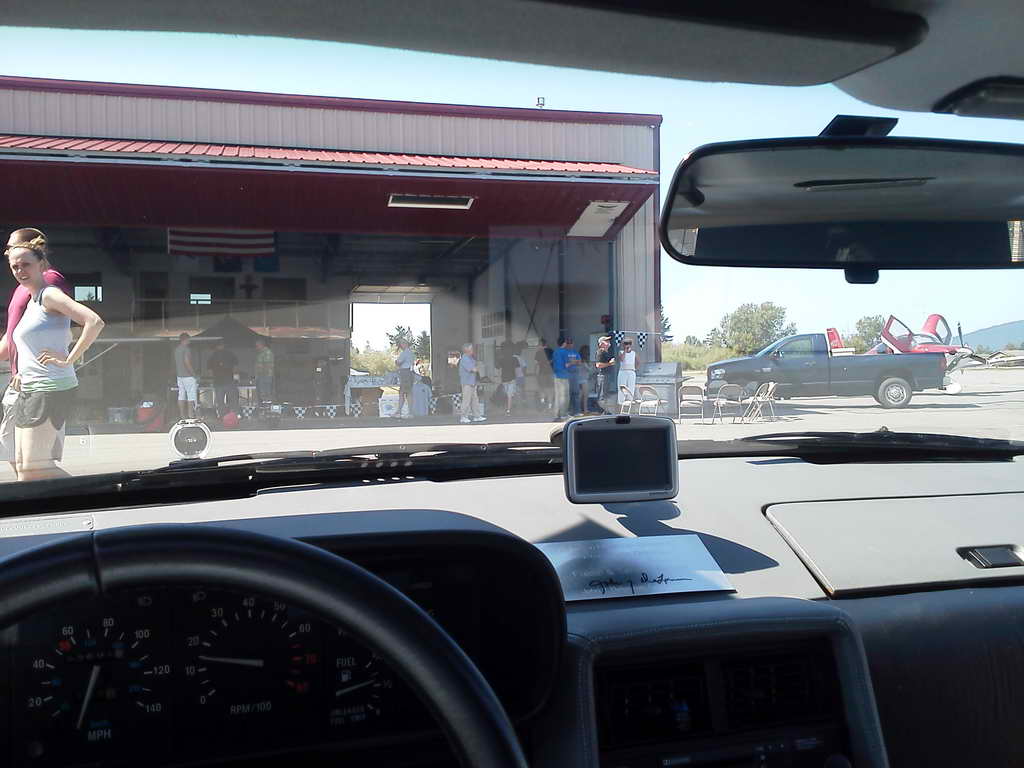
Mt. Loop Cloud Ahoy Flight Log
A couple of weeks later (24 August) I flew to Ellensburg to get a look at what the media had covered as a "massive" fire around Cle Elum. The Taylor-Bridge fire was so-called because it was started by a construction crew working on a railroad bridge over Taylor Creek. The fire appears to have been mostly in the scrub land under and around the massive wind farm east of Cle Elum. Once the federal subsidies end for "wind power" our electricity rates will climb quickly to cover the actual cost of this "wind power".
I did take some photos. The first is just a shot of the Cascades from about 7500' around Carnation looking east over a broken cloud deck. I like clouds.
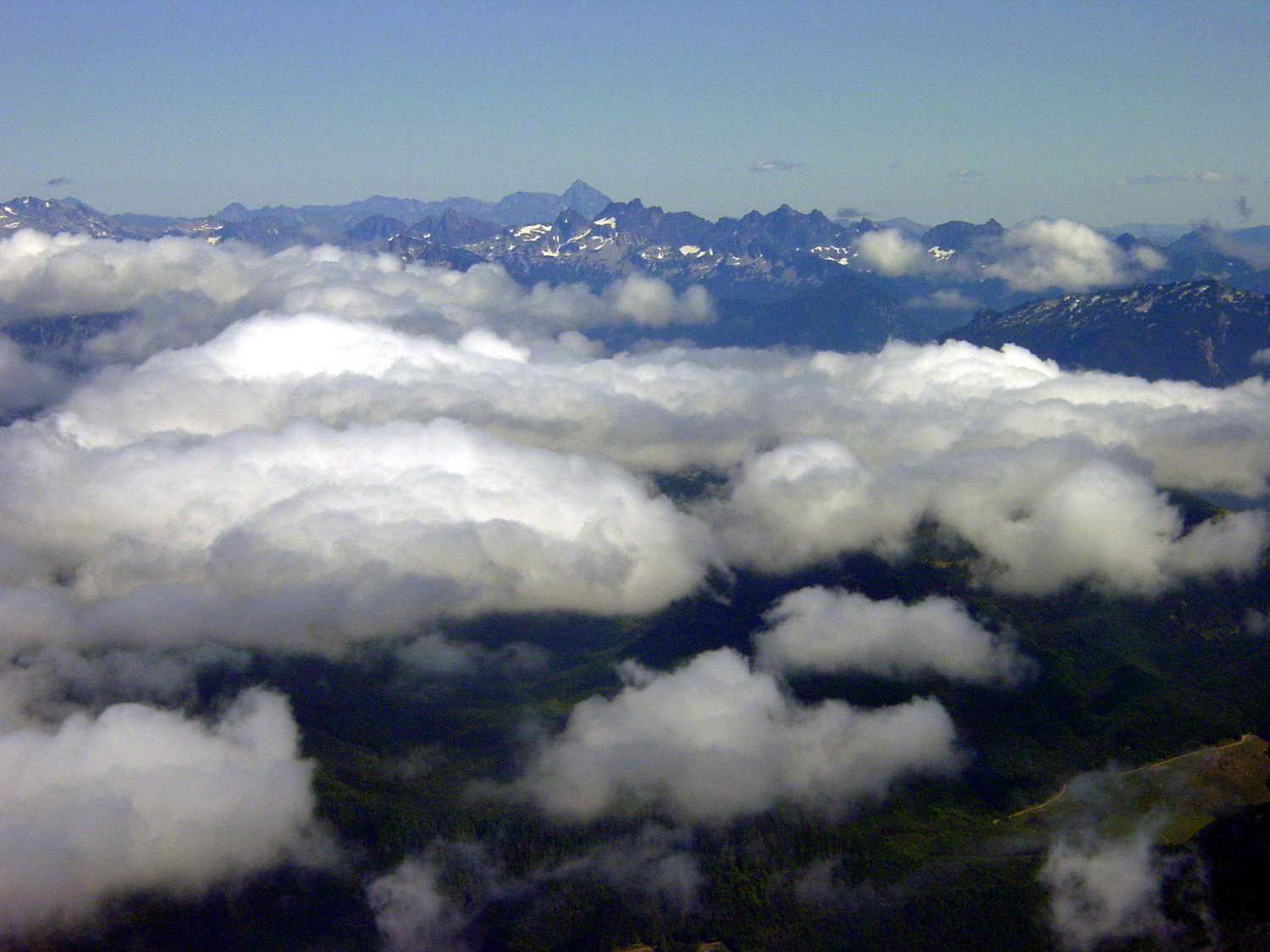
This shot is from about 8 miles west of Cle Elum looking east down the Cle Elum valley. Cle Elum is center left. The clear cut line on the right is a powerline right-of-way and it points right into the fire area. The hill to the left of the powerline and the scar behind and among the wind turbines is the fire area.
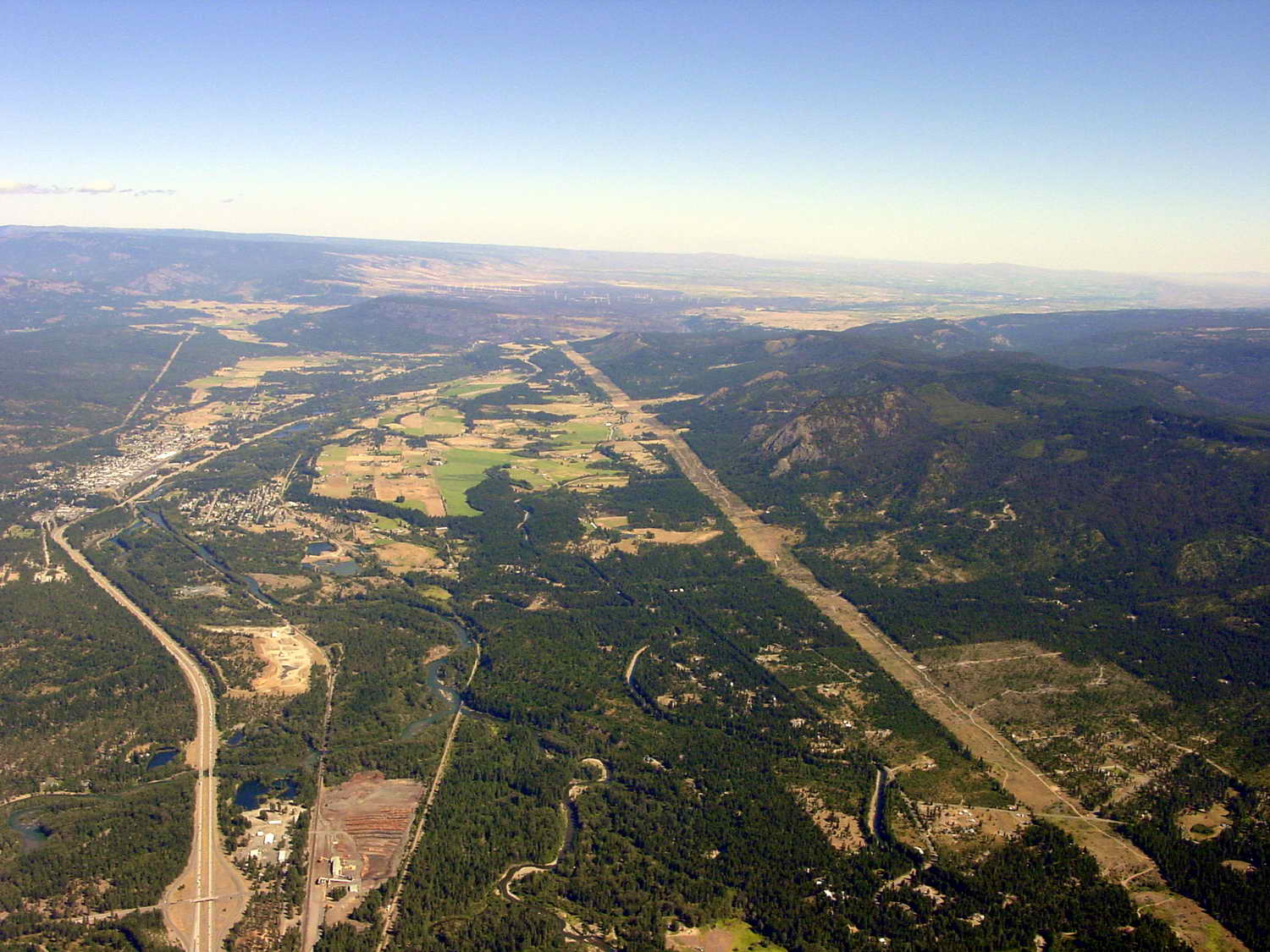
This is from the south side of the Cle Elum valley. The powerline is visible on the left. The hill in the center of the valley is the source of the fire. It started just to the left of were the powerline meets the hill. It went up and around to the east. It never crossed the valley, but blew east down the valley.
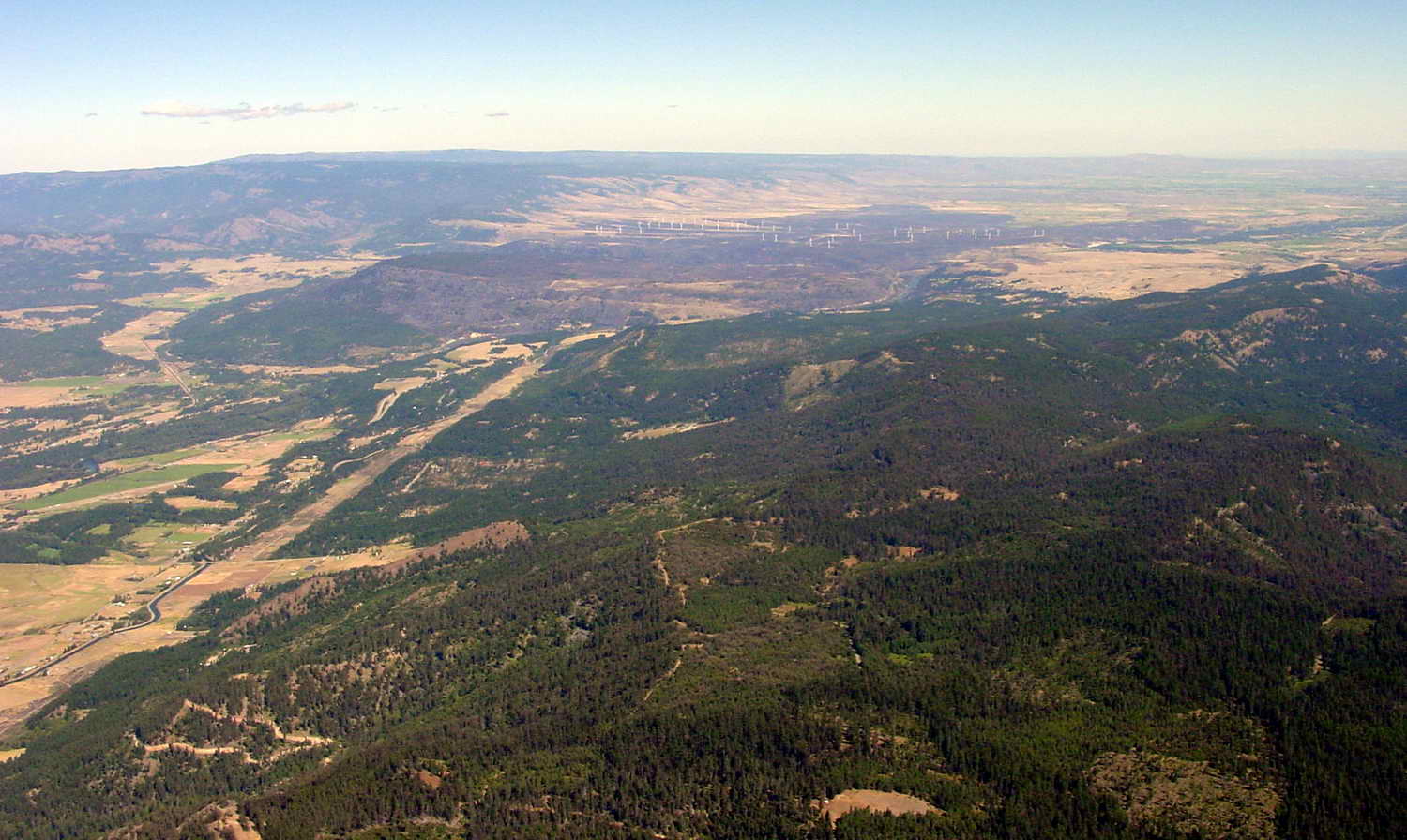
This was taken from about 6500' and looks east. The hill is in the foreground with its gray fire scar cutting across the middle. There is a plume of smoke coming from a still smoldering spot. There were a couple other smoldering spots on the east side of the hill. The ignition point is on the right side of the hill where the river meets the hill.
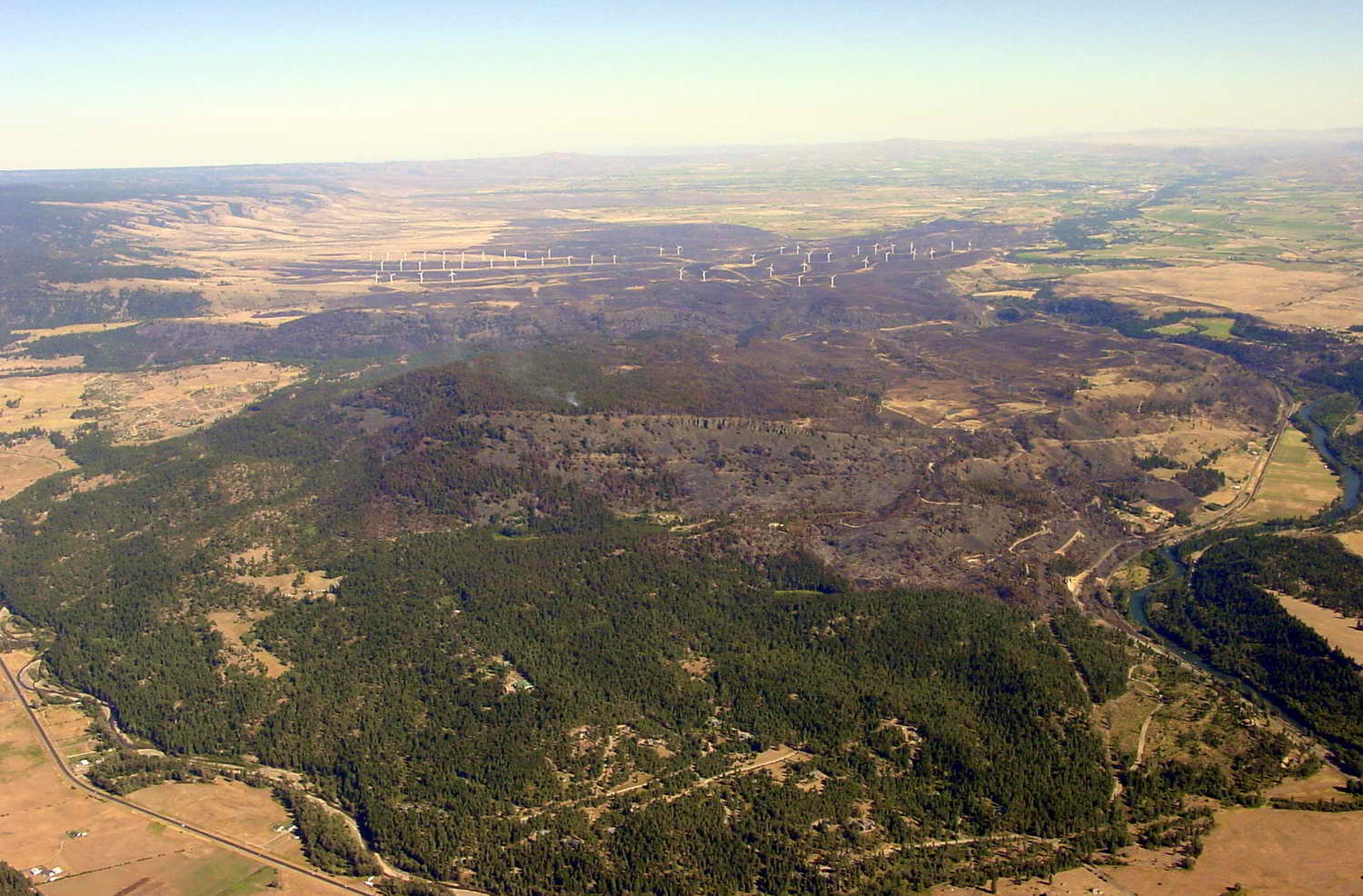
The view is from the north side of the valley looking south. Most of the burned area is scrub land around and under the wind turbine farm. One can see that the fire crawled up the gullies, but generally avoided the crests.
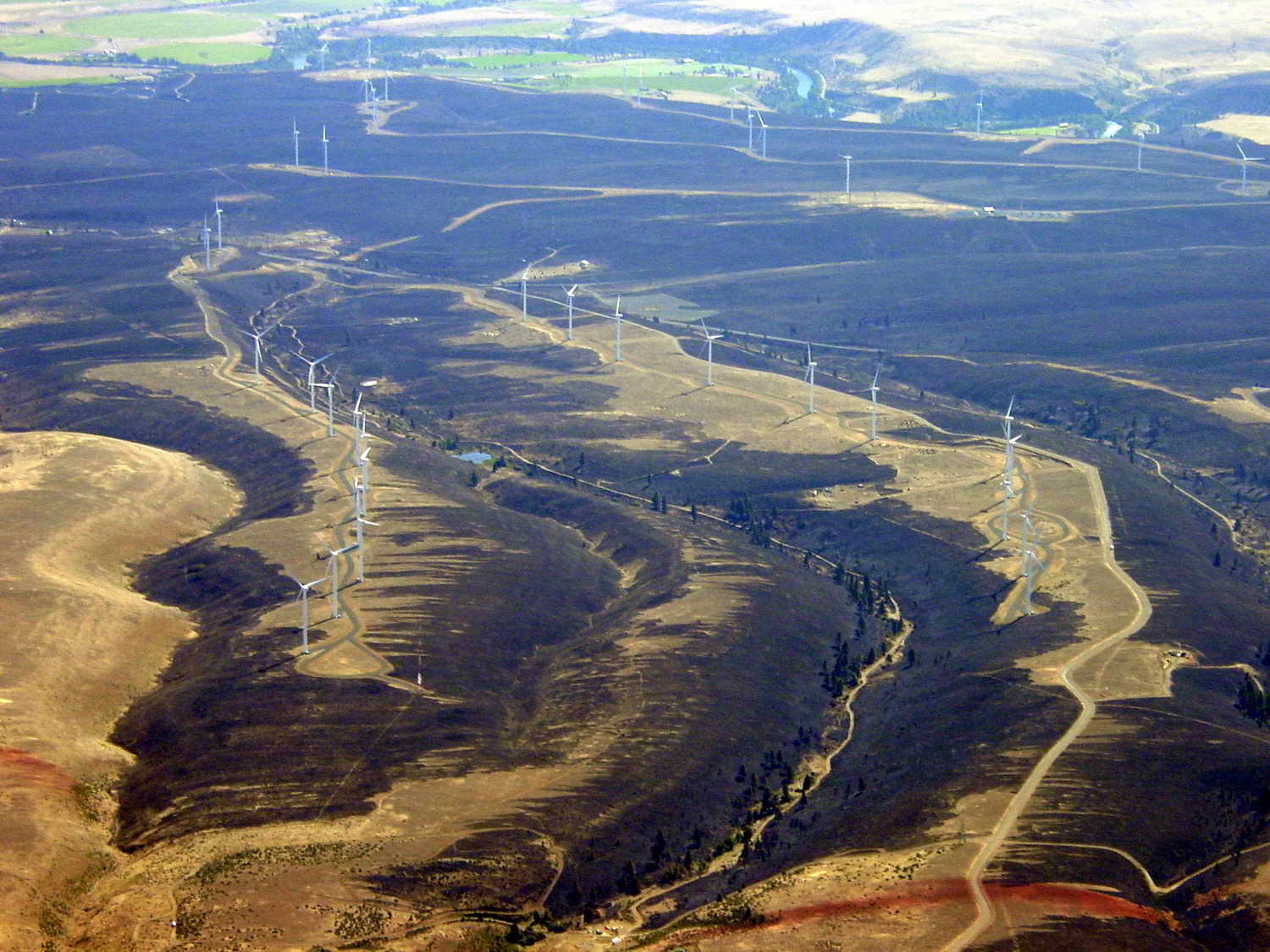
Here's the flight log: Ellensburg Cloud Ahoy Flight Log
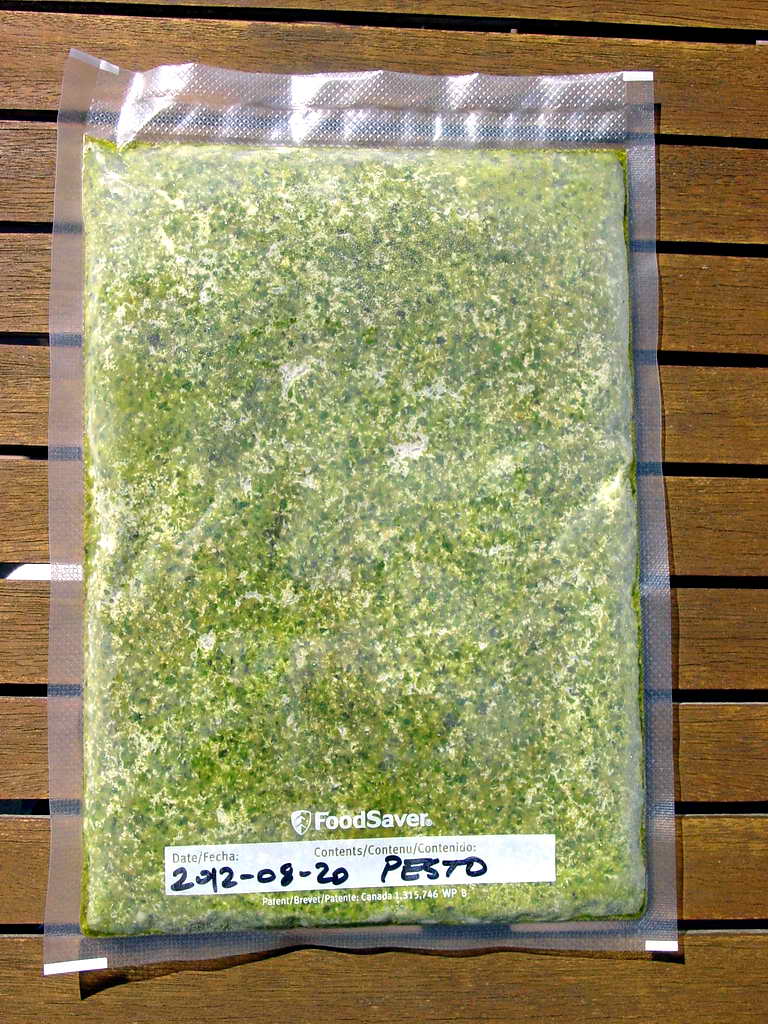
Pesto is easy to make. Basically, you put all the dry ingredients in the food processor, then dribble in the extra virgin olive oil while pulsing until you have a paste. Here is the recipe:
I dropped the crab traps on Friday, and checked them twice a day, then once early Sunday morning before heading up to the farm. Kept what I caught on Saturday alive in saltwater in the beer fridge overnight so I brought 4 dungies and a red rock plus my boiling pot, burner, and propane. Also all the ingredients and tools for pesto making except the basil.
We packed up the truck and headed north with 5 live crabs sloshing about in a sealed 5 gallon bucket. While I got the water boiling and cooked the crabs J and Diane picked and cleaned the rest of the basil. Diane then whipped up a small, quick batch of pesto, and J picked a couple of buckets of apples and pears destined for drying. Then, we sat down and gorged on crab, corn, and pesto on olive bread, washed down with copious quanitites of local brew.
After clean up, Dennis and I started in on the rest of the pesto making. He used a salad spinner to dry the entire batch of basil, while I started the production line. Each ingredient was laid out in a line with its measuring implement, so all I had to do was pack 3 cups of basil in a measuring cup, drop it and the rest of the ingredients into the Cuisinart and hit ON,.
We ended up with about a gallon and a half of pesto.
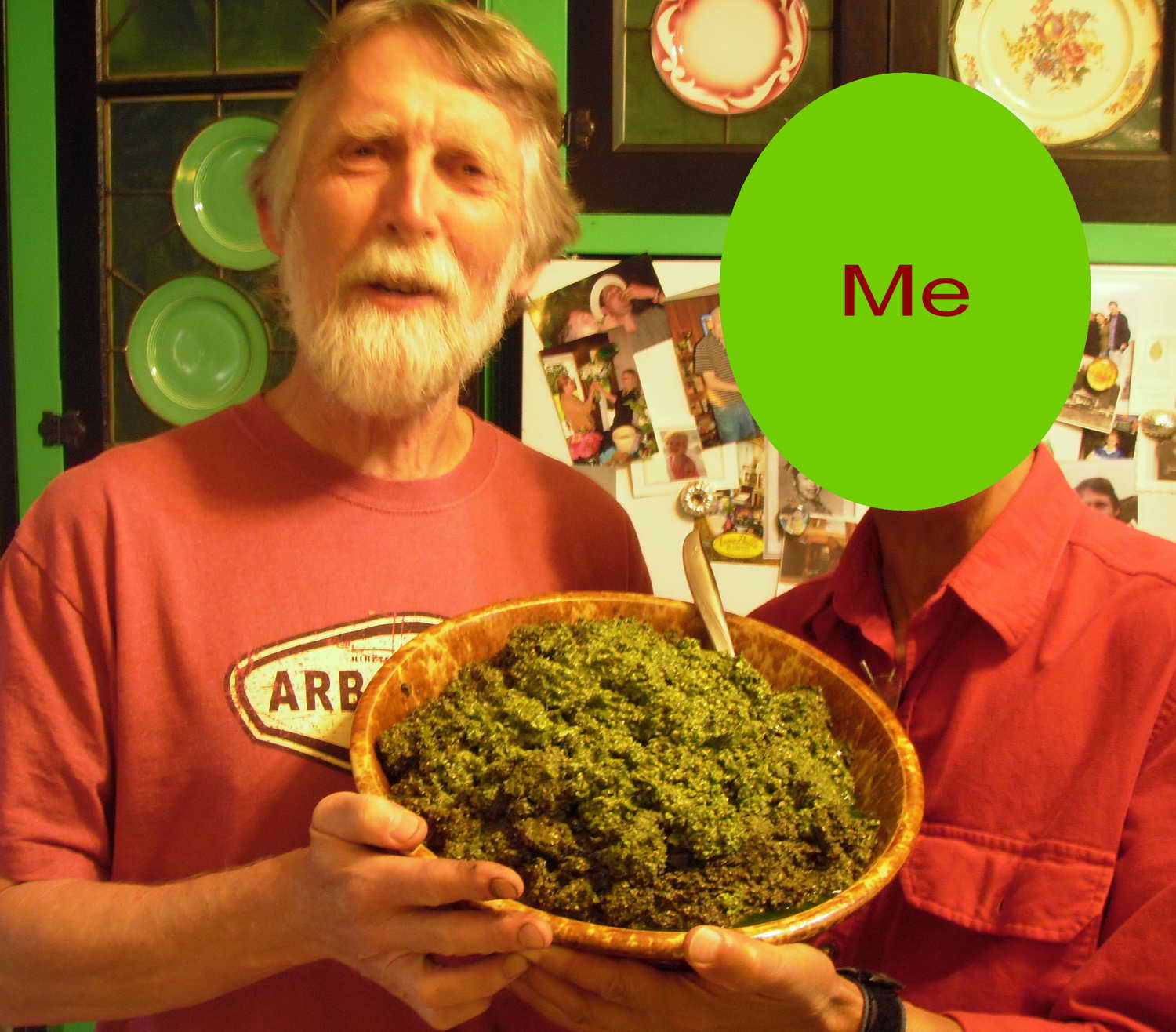
Labor day weekend, Sunday night and Monday provided the last crabs of the season, 3 over 7-3/4", 2 at 7-1/2" and 2 at 7". On Monday I cooked, cleaned, picked, and vacuum packed them for winter crab cakes. Here is their saga in photos. Didn't take a photo of the trap pulls, so the saga starts with them awaiting their fate in the wheelbarrow while the water comes to a vigorous boil.
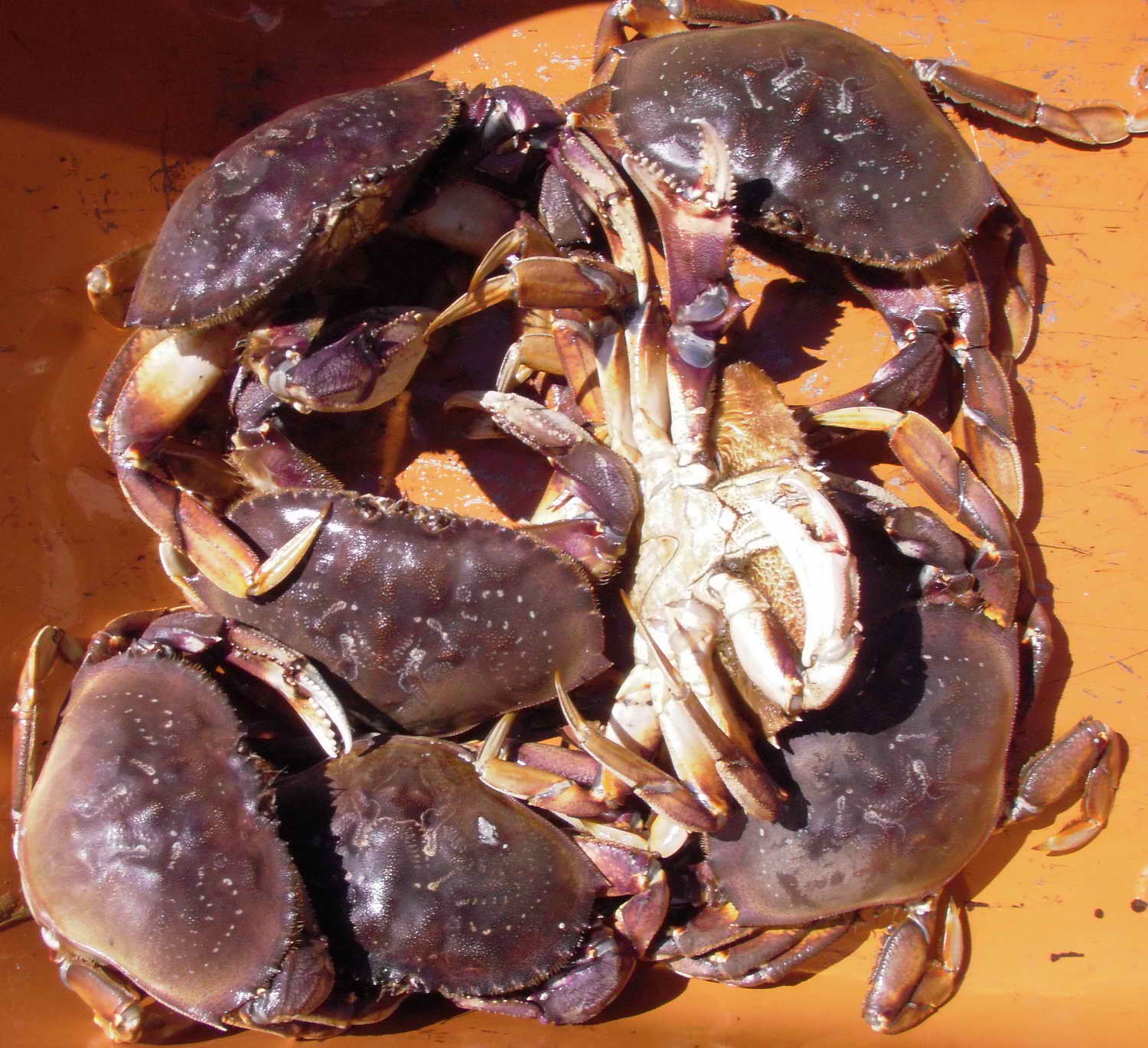
And then after cooking, clustered in the sink, awaiting cleaning, and picking.
